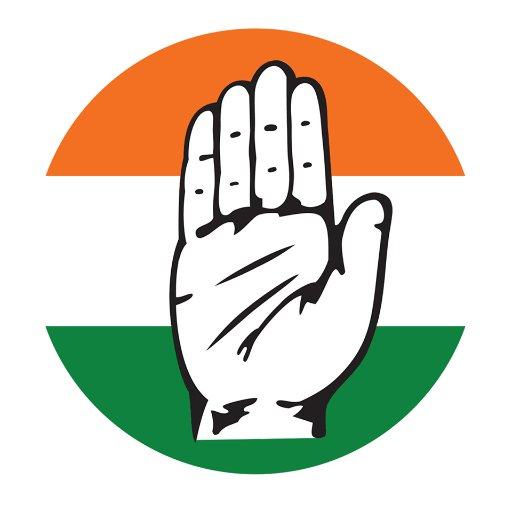Dr. Rajendra Prasad (3rd December, 1884 – 28th February, 1963)

Born in Ziradei, Bihar, on 3rd December, 1884, Dr. Rajendra Prasad was an Indian political leader and lawyer by training. Prasad joined the Indian National Congress during the Indian Independence Movement and became a major leader from the region of Bihar.
When Prasad was five years old, his parents placed him under the tutelage of a Maulavi, an accomplished Muslim scholar, to learn the Persian language, Hindi and arithmetic. A devoted student as well as a public activist, he was an active member of The Dawn Society.
A supporter of Mahatma Gandhi, Prasad was imprisoned by British authorities during the Salt Satyagraha of 1931 and the Quit India movement of 1942. After the 1946 elections, Prasad served as Minister of Food and Agriculture in the central government.
When India became a republic in 1950, Prasad was elected its first President by the Constituent Assembly. As President, Prasad established a tradition of non-partisanship and independence for the office-bearer. In 1957, Prasad was re-elected to the presidency, becoming the only President to serve two full terms. He stayed in office for the longest term of around 12 years.
Although a ceremonial head of state, Prasad encouraged the development of education in India and advised the Nehru government on several occasions. He played a major role in forming the Bihari Students Conference in 1906 and served as the President of the Constituent Assembly that drafted the Constitution of India.
He died on 28 February, 1963, aged 78. Rajendra Smriti Sangrahalaya in Patna is dedicated to him.







